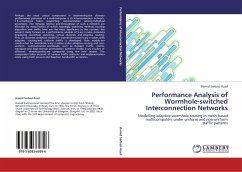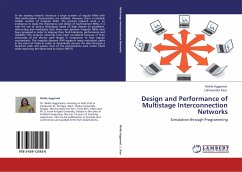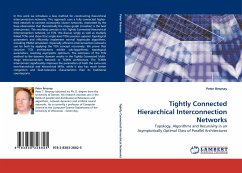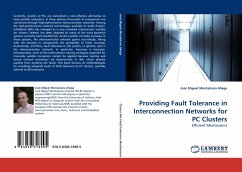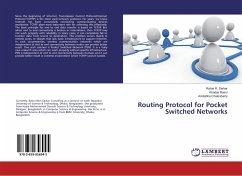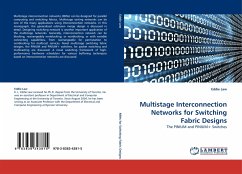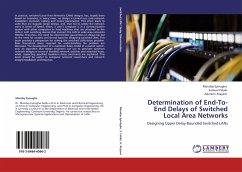Perhaps the most critical component in determining the ultimate performance potential of a multicomputer is its interconnection network, the hardware fabric supporting communication among individual processors. The message latency and throughput of such a network are affected by many factors of which topology, switching method, routing algorithm and traffic load are the most significant. In this context, the present study focuses on a performance analysis of k-ary n-cube networks employing wormhole switching, virtual channels and adaptive routing. First, an accurate analytical model for wormhole-routed k-ary n-cubes with adaptive routing and uniform traffic is developed. New models are constructed for wormhole k-ary n-cubes under adaptive routing and non-uniform communication workloads, such as hotspot traffic, matrix-transpose and digit-reversal permutation patterns. Finally, k-ary n-cubes of different dimensionality are compared using the new models. The comparison takes account of various traffic patterns and implementation costs, using both pin-out and bisection bandwidth as metrics.

